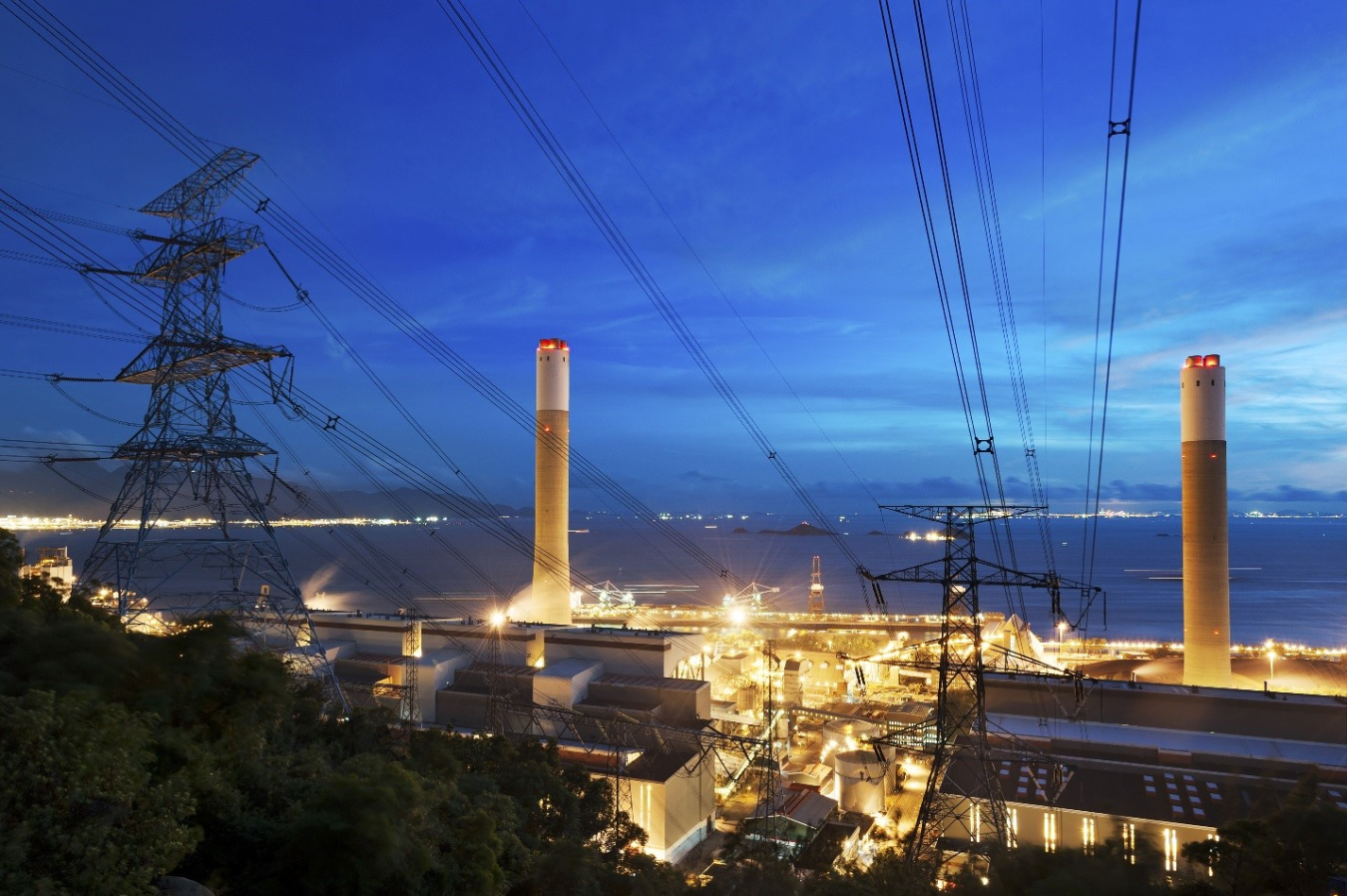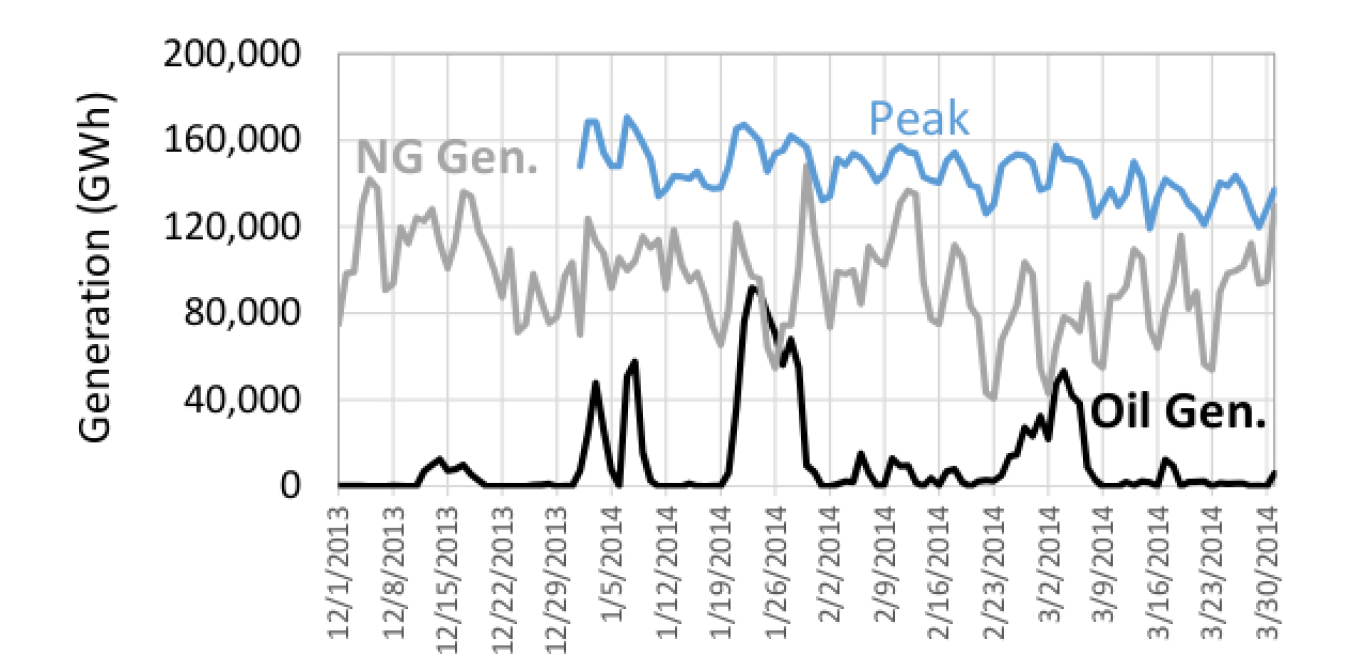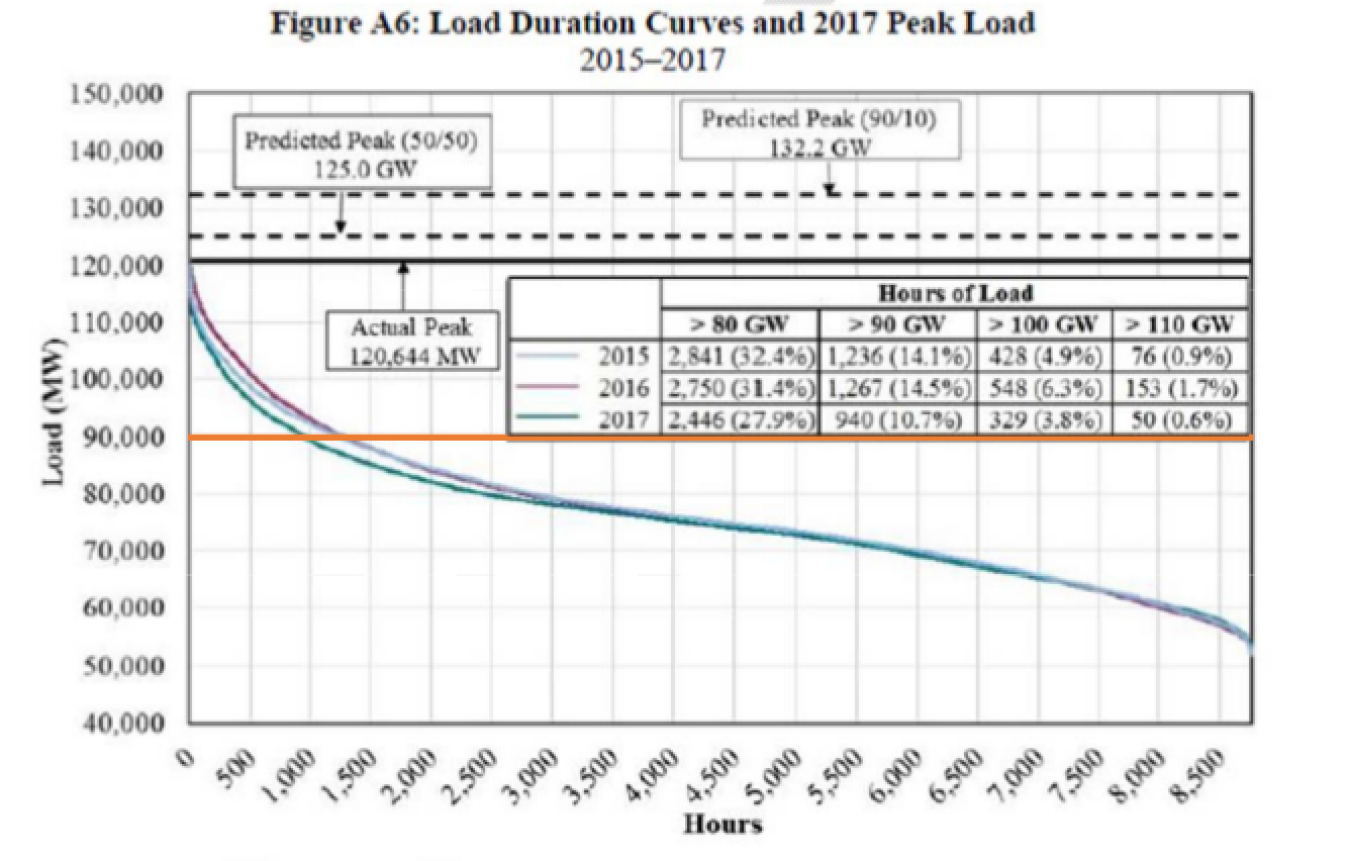
In a prior blog post, we discussed why energy efficiency is a critical component to DOE’s Grid-interactive Efficient Buildings (GEB) vision. Beyond saving energy and money, GEBs can be more responsive to electric grid conditions and facilitate greater grid reliability. Efficiency also reduces peak demand, potentially deferring and/or lessening the need for spending on new electricity infrastructure across generation, transmission, and distribution systems.
Here, we will dig deeper into why the timing of energy efficiency matters. To put it simply, it’s a matter of economics. This article will touch on three elements that drive the time varying value of electricity:
- How building the electricity system to meet peak demand leads to underutilized assets
- How increasing demand for electricity leads to higher system costs
- How this same phenomenon results in time-varying social costs
There’s more grid than we need, almost all the time.
Many elements of the electricity system, such as power plants and transmission towers, are expensive investments that must be paid upfront and recouped over decades. Furthermore, these upfront capital investments must be designed to serve not only the year’s highest moment of demand for electricity, but must build an additional “reserve margin” into the grid’s capacity to handle any period of demand that could unanticipatedly stress the grid. This means that during the other 8,759 hours of the year, some of the grid’s assets will sit unused or underutilized.
The image below of a load duration curve illustrates this concept. It shows the real number of hours per year that a quantity of load is needed by Midcontinent Independent System Operator (MISO). The horizontal axis shows the number of hours in a year (ranked by power demand, not chronologically), and the vertical axis shows the load, or amount of electricity needed.
It’s clear from this graph that for the majority of the time, total load is less than 90,000 MW (horizontal orange line), and yet the system needs to be built to accommodate over 120,000 MW. In fact, in 2017, a full 25% of the system’s capacity was needed for less than 11% of the year.
Peaks create higher system costs.
Another element that drives the time-sensitive value of energy is the way power plants are dispatched or turned on to provide power. This is called economic dispatch, where the operation of power plants is done in such a way as to reliably produce electricity at the lowest cost—recognizing any operational limits of generation or transmission facilities. This means that the least expensive power plants are turned on first, and as demand increases, the expensive plants (often called “peakers”) are brought online.
Let’s consider a system that’s served by a utility scale wind farm, a natural gas combined-cycle power plant, and an oil-fired power plant. At low levels of demand, the wind farm will be dispatched first, as it has almost no operating costs and the fuel is free, so the major expenses are labor and maintenance costs. As demand increases, the natural gas power plant will be the next to be turned on, because its fuel is among the most cost-competitive resources on the grid today. Once demand reaches its highest levels, the oil-fired power plant will be turned on as the fuel is more expensive and oil-plants are older and therefore more expensive to operate.
Below is a graph of the dispatch from ISO-New England, where this exact situation occurred during the winter of 2013. The system operator primarily called on natural gas-driven plants but, on some occasions, they called on oil-driven plants to generate electricity.

Source: ISO-New England
The costs of peaks go beyond economics.
The type of generation being dispatched also has a societal cost. Now, not only are natural gas plants typically cheaper to operate than oil facilities, but natural gas is also a much cleaner fuel. Oil produces over 500 times more SO2 and 17 times more NOx. These pollutants can cause a variety of health problems and have been determined to be particularly harmful to children and the elderly. For much of the United States, oil is not a major source of electricity, accounting for less than 1% of the electricity mix in the U.S. but it has a disproportionately higher set of challenges associated with its economic and societal costs. This same concept applies to other generation sources like coal, which accounts for nearly 30% of U.S. generation. The continued growth of non-schedulable-but-free-at-the-margin-and-always-clean renewables like wind and solar are driving higher variability in both the operational and societal costs of our energy system.
An approach to address peaks.
While the economic costs for most of the grid’s participants change on an hourly or even minute-by-minute basis, very few consumers of electricity are asked to pay time-sensitive rates that reflect the true cost of generating electricity at any given time. One approach to change this would be to make time-sensitive rates the default pricing structure for electricity customers, which could potentially influence the decisions and behavior of building managers and homeowners. California is already pursuing this approach. By utilizing a time-sensitive valuation in our analyses of building energy efficiency, we can explicitly account for the fact that there is a time dimension to the monetary and societal costs of our electricity system. This will help inform discussions and decisions as we and our stakeholders think about the technology and policy solutions to our energy challenges – and in particular, how grid-interactive efficient buildings fit into the grid’s landscape.
Because buildings use 75% of America’s electricity and, in some regions, account for almost 80% of peak electricity demands, they’re a central part of the solution to reducing peak loads. Buildings are on their way to becoming more flexible – and even dispatchable – demand-side resources that mimic “peaker” power plants. But they can offer much more than that. Buildings are becoming virtual energy storage nodes by providing flexible load management services for utilities to employ in order to offset their peak power demands.
Historically, quantification of efficiency benefits largely focused on the economic value of the energy savings, but far less attention has been paid to peak demand impacts, which can make efficiency more valuable and help facilitate electric system reliability at least cost. The next edition of our Buildings and the Grid 101 series will dive into the details, so stay tuned.
Read more in the Grid-interactive Efficient Buildings series.

